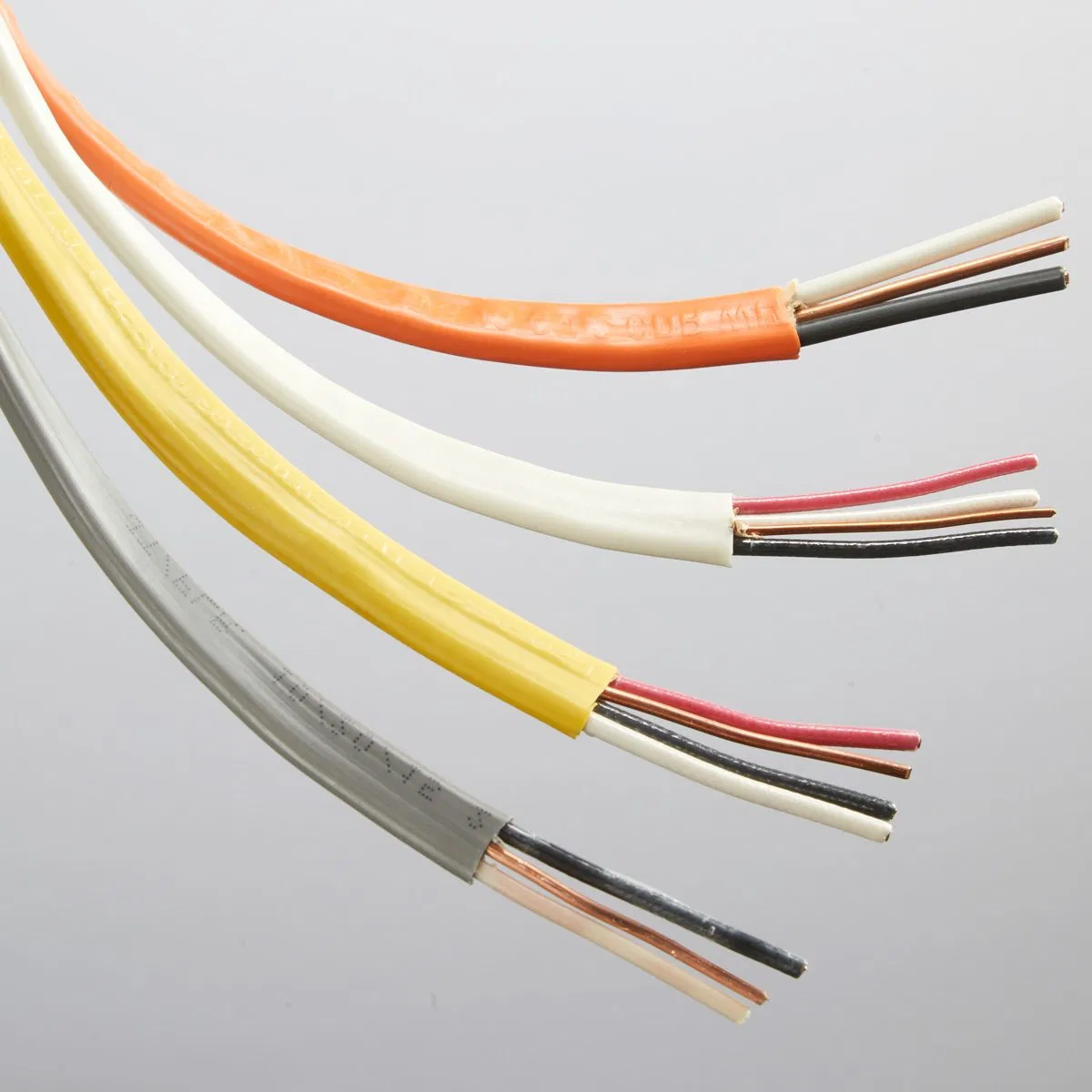When it comes to maintaining a safe and efficient electrical system in your home or business, understanding the condition of your breaker switch is crucial. A faulty breaker switch can lead to a myriad of problems, including power outages, electrical fires, and damage to appliances. But how do you know if your breaker switch is bad? This article will delve into the signs, symptoms, and diagnostic methods to help you determine the health of your breaker switch.
Understanding the Role of a Breaker Switch
Before we explore the indicators of a faulty breaker switch, it’s essential to understand its function. A breaker switch, or circuit breaker, is designed to protect your electrical system from overloads and short circuits. It automatically interrupts the flow of electricity when it detects a fault, preventing potential hazards. However, like any mechanical device, circuit breakers can wear out over time, leading to performance issues.
Signs Your Breaker Switch May Be Malfunctioning
- Frequent Tripping: One of the most common signs of a bad breaker switch is frequent tripping. If your breaker trips often, it may indicate an underlying issue, such as an overloaded circuit or a failing breaker. While occasional tripping can be normal, consistent interruptions warrant further investigation.
- Burning Smell or Discoloration: If you notice a burning smell near your breaker panel or see discoloration on the breaker itself, this could be a sign of overheating. Overheating can occur due to loose connections or internal faults within the breaker, both of which require immediate attention.
- Physical Damage: Inspect your breaker switch for any visible signs of damage, such as cracks, corrosion, or melted plastic. Physical damage can compromise the functionality of the breaker and pose serious safety risks.
- Unresponsive Breaker: If you attempt to reset the breaker and it does not stay in the on position, this is a clear indication of a malfunction. A breaker that won’t reset may be defective and should be replaced.
- Inconsistent Power Supply: If you experience flickering lights or intermittent power to certain outlets, this could be a sign of a failing breaker. Inconsistent power can lead to damage to sensitive electronics and should be addressed promptly.
Diagnostic Methods to Assess Your Breaker Switch
- Visual Inspection: Begin with a thorough visual inspection of your breaker panel. Look for signs of wear, damage, or corrosion. Ensure that all connections are tight and secure. If you notice any issues, it may be time to consult a professional electrician.
- Testing with a Multimeter: For those comfortable with electrical work, using a multimeter can help diagnose a faulty breaker. Set the multimeter to the voltage setting and test the output of the breaker. If the reading is significantly lower than expected, the breaker may be defective.
- Load Testing: Conducting a load test can help determine if the breaker can handle its rated capacity. This involves connecting a known load to the circuit and monitoring the breaker’s performance. If the breaker trips under normal load conditions, it may be time for a replacement.
- Professional Evaluation: If you are unsure about your findings or lack the necessary tools, it’s always best to consult a licensed electrician. They have the expertise to diagnose and resolve electrical issues safely and effectively.
When to Replace Your Breaker Switch
If your diagnostic efforts indicate that your breaker switch is indeed faulty, it’s crucial to replace it promptly. Continuing to use a malfunctioning breaker can lead to more severe electrical issues and safety hazards. When selecting a replacement, ensure that it matches the specifications of your existing breaker in terms of amperage and voltage rating.
Conclusion
Understanding how to identify a bad breaker switch is essential for maintaining a safe electrical system. By recognizing the signs of malfunction and employing diagnostic methods, you can take proactive steps to ensure your home or business remains safe from electrical hazards. Remember, when in doubt, always seek the expertise of a qualified electrician to address any concerns regarding your electrical system. Safety should always be your top priority.


